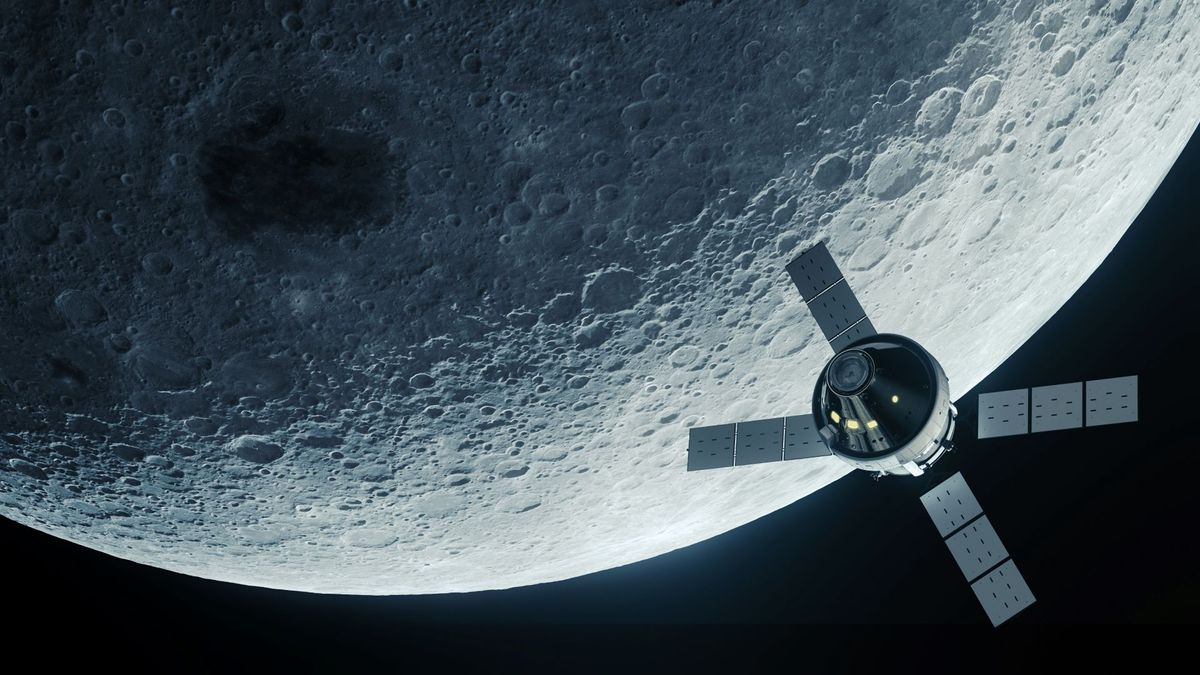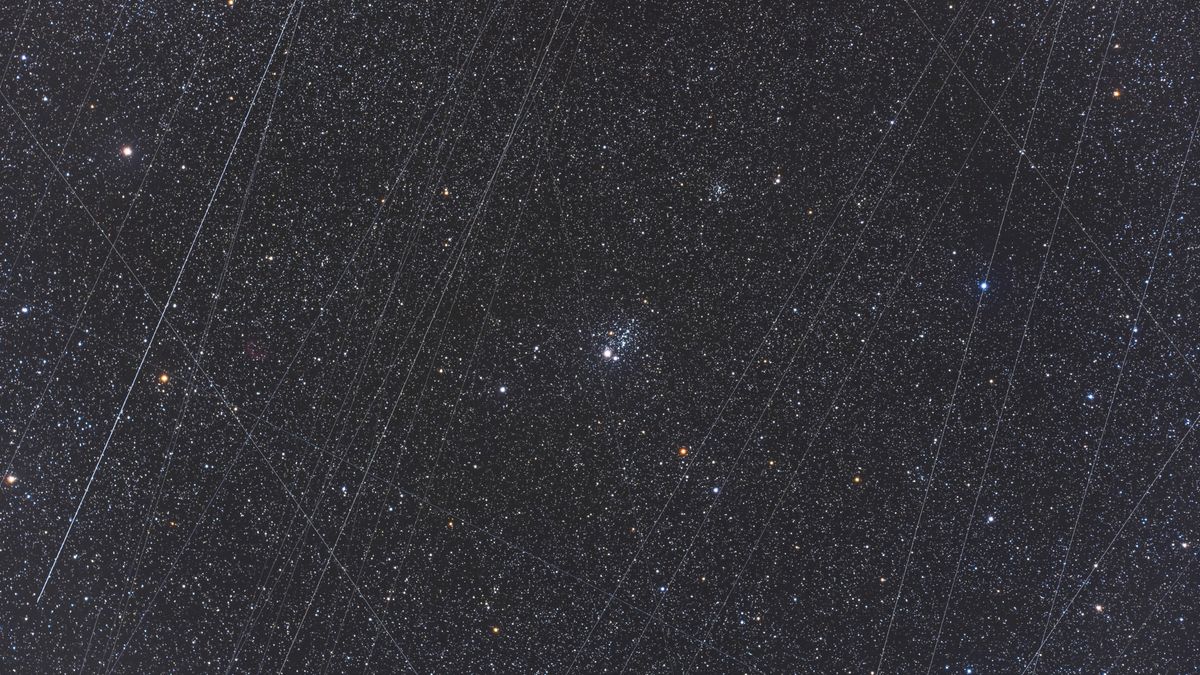The Evolution of Lunar Exploration
Between 1969 and 1972, the Apollo missions made history by sending twelve astronauts to the moon. Despite these monumental achievements, current efforts in lunar exploration, such as NASA’s Artemis program, appear slow, halting, and complex. The reasons behind this phenomenon are multifaceted but can be attributed to factors such as financial constraints, political dynamics, and shifting priorities.
Financial Considerations
The success of the Apollo missions came at a significant cost. NASA’s budget at its peak consumed approximately 5% of the entire federal budget, with more than half allocated to the Apollo program. Adjusted for inflation, the Apollo program would equate to over $260 billion in today’s dollars. When factoring in precursor programs like Gemini and robotic lunar missions, the total expenditure surpasses $280 billion.
In stark contrast, present-day NASA commands less than half a percent of the federal budget, with a broader mandate and lesser financial resources. Over the past decade, NASA has allocated around $90 billion to the Artemis program. The reduced funding inevitably results in slower progress, despite technological advancements.
Political Realities
The 1960s marked the era of the space race between the United States and the Soviet Union, driving a surge in public engagement and political support for space endeavors. However, the unsustainable nature of this spending became apparent once the moon landing was achieved. Public interest waned, leading to a decline in NASA funding. The lack of political will and public support for another costly lunar mission poses a significant challenge to initiatives like Artemis.
In the late 1990s and early 2000s, NASA faced critical decisions following the conclusion of the space shuttle program. The reuse of shuttle components in the Artemis program reflected a strategic effort to maintain existing industrial capabilities and partnerships. While this approach preserved technical infrastructure and employment opportunities for aerospace engineers, it also shaped the trajectory of future space exploration endeavors.
Shifting Priorities
Compared to the Apollo missions, the Artemis program embodies a different set of priorities. The stringent risk aversion of modern times contrasts sharply with the daring ethos of the 1960s space missions, which embraced significant uncertainties and dangers. The Apollo program took monumental risks, resulting in tragic incidents like the Apollo 1 fire and the Apollo 13 crisis. The shift towards risk mitigation in Artemis reflects a broader societal concern for astronaut safety and mission success.
Moreover, the objectives of the Artemis missions extend beyond mere lunar visits. While the Apollo missions focused on brief surface excursions, Artemis aims to establish a sustainable human presence on the moon. Longer mission durations, enhanced scientific investigation, and the development of lunar infrastructure form integral components of the Artemis project. By envisioning a future with orbital refueling stations and potential lunar colonies, Artemis paves the way for enduring lunar exploration and habitation.
In conclusion, the metamorphosis from the Apollo missions to the Artemis program reflects a nuanced evolution in lunar exploration. While fiscal constraints, political dynamics, and shifting priorities pose challenges to modern space initiatives, the vision of establishing a permanent human presence on the moon symbolizes a bold and ambitious leap towards the future of space exploration.
Image/Photo credit: source url





